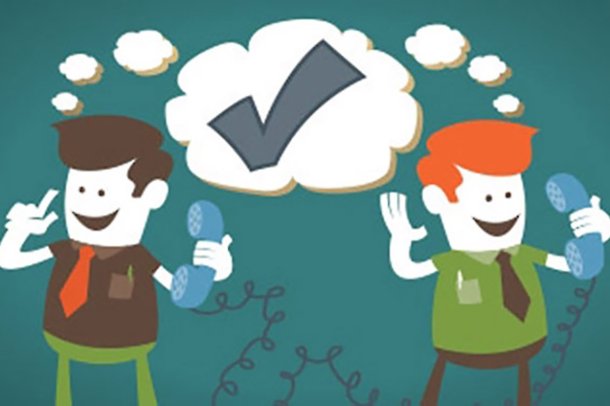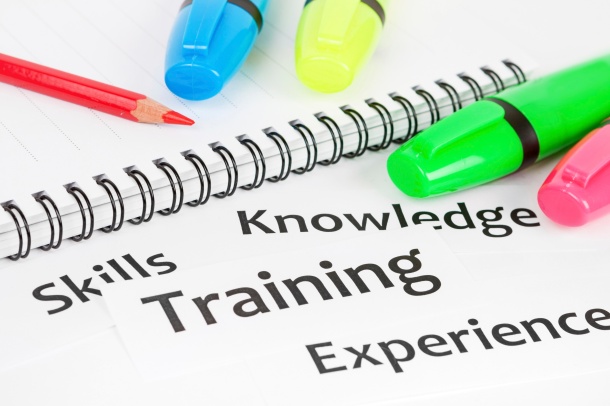Most sales performance improvement is as a result of the digital transformation in sales, which has seen sales leaders focus in on the development and enablement of their sales force. Sales performance improvement is a process not an event, it is a continuous improvement process versus a single sales training event.

No business who is serious about sales growth will want to miss out on the opportunity to improve sales effectiveness and efficiency through process,tools or technology. However, sales performance improvement is a change management project which can lead to fear and uncertainty, especially if seen as interfering with current sales practices. Sales performance improvement templates such as sales training materials, sales playbooks, tools and competency guidelines all play a central role in driving improvement. For many companies they may not have any or all of this content and then much of the content may not be available for digital consumption.
The first step in creating a sales performance improvement plan may be to choose between content that is ready but doesn’t meet the current needs, then continue to use the existing content in the old way, or invest in transforming the content and templates for digital access. In today’s digital era, we know that salespeople’s learning habits and preferences are changing. Research shows they want shorter, more engaging learning content, for example sales training video that can be consumed online as needed or accessed in their quiet time.
Begin By Documenting Areas for Improvement
Once the business has created a baseline expectation across the sales process for every sales team member, the sales manager or supervisor needs to learn how to properly document what areas require improvement for both the steps in the sales process and for each salesperson. This would then we discussed with each individual as part of a training and review plan. The important thing to remember when creating a paper trail for each sales performance improvement plan is to ensure that the information gathered is entirely objective, fact based, and specific. Needless to remark, the manager or supervisor should avoid generalities and provide detailed examples as much as possible. Once the sales performance improvement areas have been communicated, a number of templates will need to be created. This include what was expected in the sales performance plan and what was actually delivered. Other templates (as part of a sales playbook) could include consequences of veering outside the agreed process’s, action plans and reviews.
Once the business has created a baseline expectation across the sales process for every sales team member, the sales manager or supervisor needs to learn how to properly document what areas require improvement for both the steps in the sales process and for each salesperson. This would then we discussed with each individual as part of a training and review plan. The important thing to remember when creating a paper trail for each sales performance improvement plan is to ensure that the information gathered is entirely objective, fact based, and specific. Needless to remark, the manager or supervisor should avoid generalities and provide detailed examples as much as possible. Once the sales performance improvement areas have been communicated, a number of templates will need to be created. This include what was expected in the sales performance plan and what was actually delivered. Other templates (as part of a sales playbook) could include consequences of veering outside the agreed process’s, action plans and reviews.
Sales Performance Makes Salespeople Goals Personal
Regardless of the sales improvement or sales enablement plan, every salespersons goals should be truly personalized. Within the general plan, take account for goals that focus on areas of personal improvement, individual to each sales team member. To future proof the business, within the sales training section of the sales performance improvement plan, give each salesperson the opportunity to enhance areas where they are already competent and improve areas where there is a skills deficit.
To reduce risk, start by introducing a smaller sales performance improvement plan with lower goals, goals that could improve a salespersons sales habit loop such as doing 10 minutes prep work ( the prep work output should be documented) prior to making a call, or using quiet time to engage in social selling to connect with existing customers or prospects (again, goals need to be set). However, just rolling out some new sales improvement plan with goals is not enough, there also needs to be consequences such as reviews and evaluations.
Let me conclude with one of my favorite sayings, “Fortune favors the brave”, and in a rapidly changing sales environment if there ever was a time to be brave, it’s now. Take time to think differently about your sales model, your sales strategy, your customers buying journey, the role you expect salespeople to execute against and how you plan to develop your sales talent so everyone can commit to doing things better. Never let the pursuit of profit get in the way of progress. Every sales performance improvement plan will face obstacles and encounter issues, so focus on how you envision your sales engine performance in 1,2 or 3 years time. Finally, encourage your sales training and development teams to put some well thought out initiatives into play as they can often be risk-averse. Then back them up, and let them know that it’s not just OK but vital to adopt new ways of getting salespeople to learn and develop, so sales performance improvement will be a constant not just an event.
Sales Performance Improvement – Sales Training Company - The Bitter Business: Sales Performance Improvement









